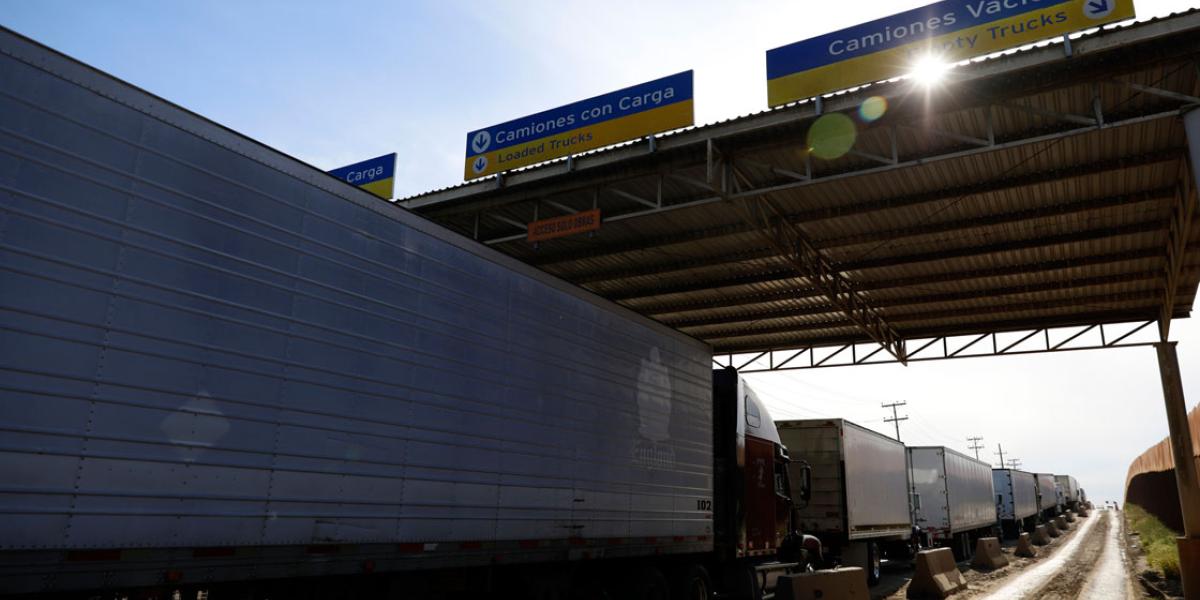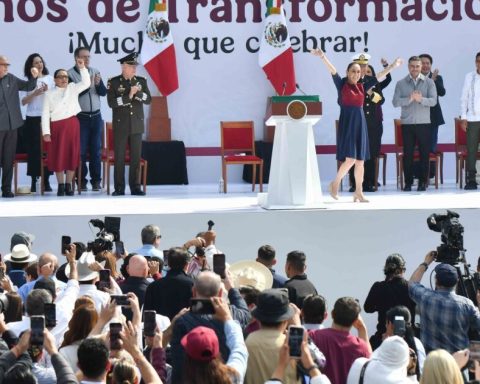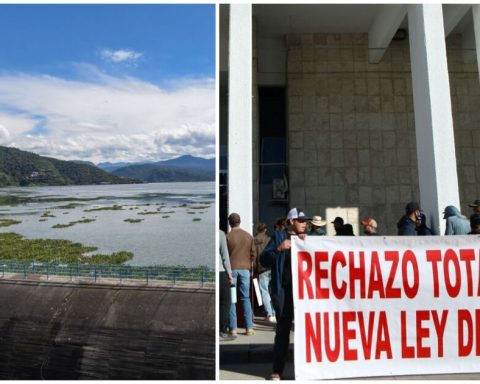The cities of Mexico’s northern border are ranked as the most competitive in the country, that is, they have the greatest capacity to generate, attract and retain talent and investment.
Among the cities with more than one million inhabitants, Saltillo consolidated itself as the most competitive, above Mexico City, Monterrey and Guadalajara, according to the Urban Competitiveness Index (ICU) of the Mexican Institute for Competitiveness (Imco).
Cities are evaluated in levels of competitiveness: very high, high, medium high, medium low, low and very low, according to the results of 35 indicators grouped into six subindexes: Law, Society and environment, Infrastructure, Labor market, System politics and government, and innovation and economy.
Saltillo, among the 20 cities with more than one million inhabitants, obtained the first position with high competitiveness. Among its main advantages is the Law subindex, where it obtained second place in its category. This area is linked to the quality of life of citizens and is decisive in the development direction of the regions.
In addition, it has lower figures for vehicle theft, with 0.5 per 1,000 registered, and 2.9 homicides per 100,000 inhabitants. It is the second best rated city in safety perception.
In the Labor Market subindex, which measures the efficiency of human capital, such as training, competitive salaries and working conditions, Saltillo is positioned in third place, being the second best paid city, with up to 468 pesos per hour worked; It also has 2.6% of companies with more than 50 employees.
Infrastructure and innovation
Mexico City came in second place in this group, obtaining very high competitiveness in Infrastructure, a subindex that measures financial services, telecommunications, and transportation.
It stands out that it had the first position due to the highest use of financial services in the general list with 3.9 debit and credit cards per adult, low number of victims in transportation-related accidents and 41.4% of households with internet access.
Meanwhile, Guadalajara registered fourth position in cities with more than one million inhabitants, being the best in Innovation and economy. It is the second with the most patent registrations and robust use of energy intensity for economic activity.
Strategic location
Monterrey was positioned in the group of more than one million inhabitants in third place with high competitiveness, with advantages in the labor market and Innovation and economy, subindexes in which it obtained second and third place, respectively.
It has a salary of up to 444 pesos per hour worked, 2.9% of companies with more than 50 employees (the largest of the 66 cities) and an average salary of 13,097 pesos per month for full-time workers.
The northern cities also stood out in the categories of cities with the smallest number of inhabitants: Hermosillo, followed by Villahermosa and Veracruz, was evaluated with high competitiveness among the 18 cities with 500,000 to one million inhabitants.
Regarding cities with 250,000 to 500,000 inhabitants, La Paz, Los Cabos and Playa del Carmen were those evaluated with high competitiveness.
The worst evaluated
Of the cities with more than one million inhabitants, Cancún, Tijuana, Cuernavaca, Toluca, Tlaxcala and León were the worst evaluated; In the case of Cancún, it occupied the last places in its group in Law, Infrastructure and Society and the environment.
The latter measures the capacity of cities to offer a high quality of life and relate sustainably to natural resources.
Cancun has very low competitiveness with 1.7 kilograms of solid waste per inhabitant (65th place), as well as few health personnel and low educational coverage.
In cities of 500,000 to one million inhabitants, Celaya, Matamoros and Acapulco were rated as having low competitiveness. In the group of 250,000 to 500,000 inhabitants, those with the lowest performance were Colima, Zacatecas, Ciudad Victoria, Ciudad Obregón and Chilpancingo.















